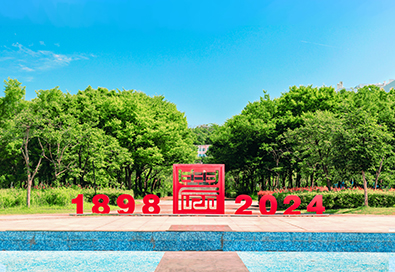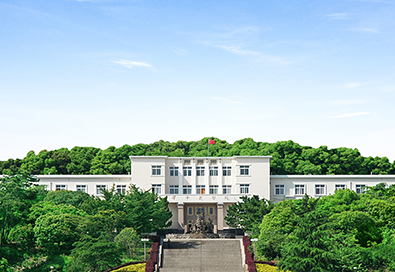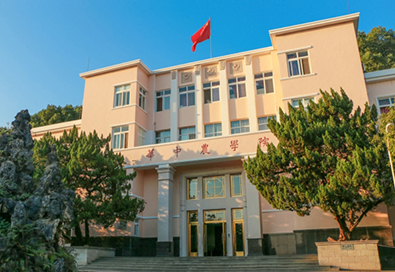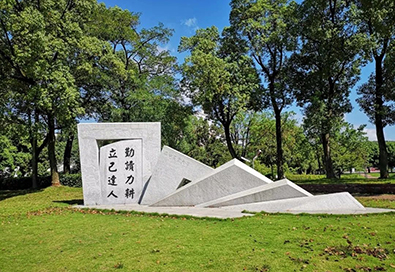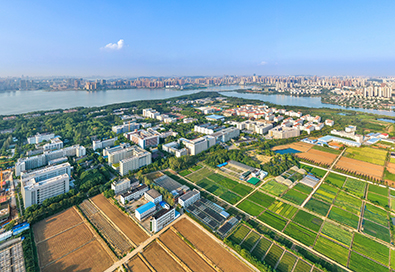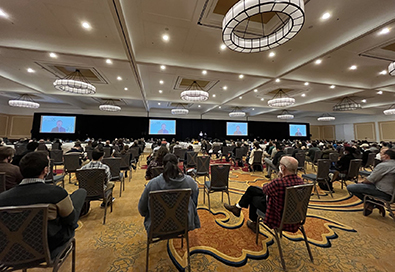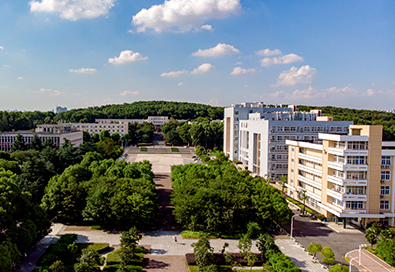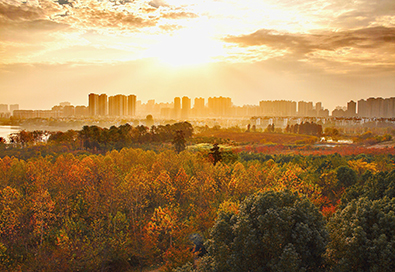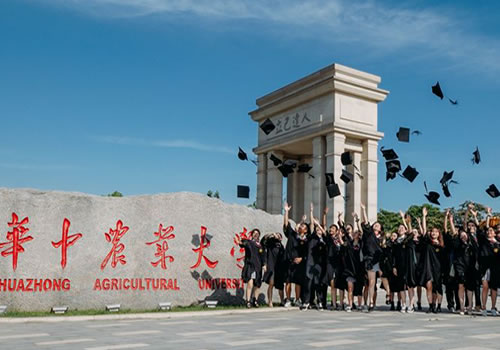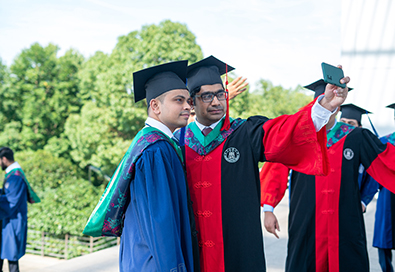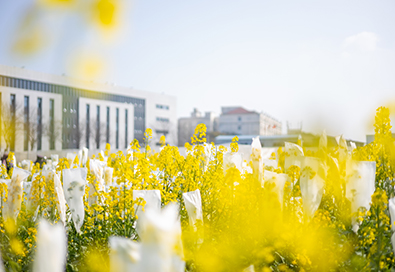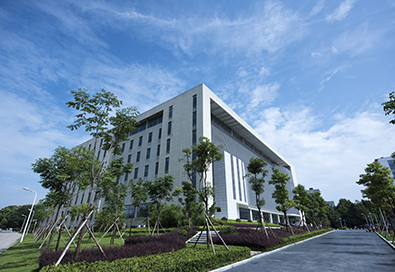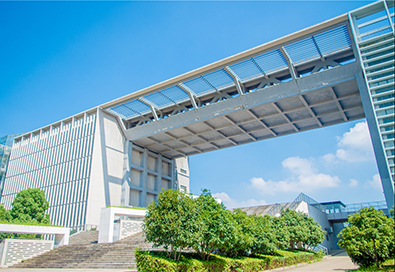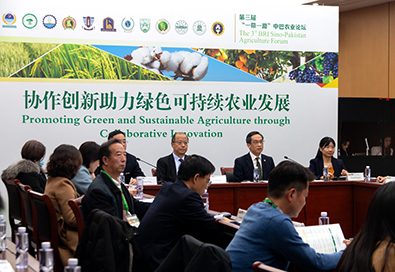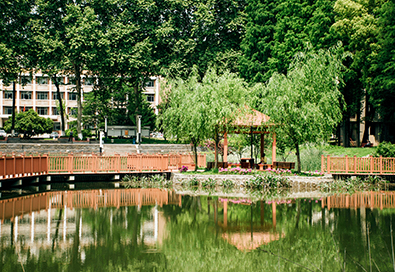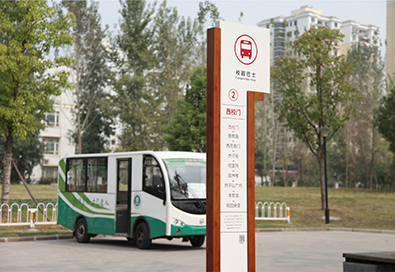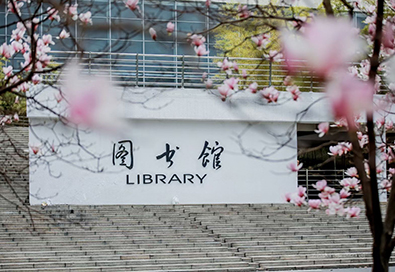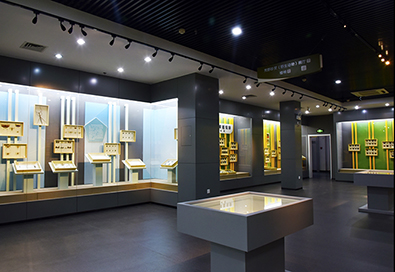From November 13 to 14, College of Resources & Environment of HZAU hosted the "Celebrating 100 Years of Boron in Agricultural Research: The International Summit Forum of Plant Boron Nutrition" in Wuhan. The conference, themed "The Centenary of Boron: Flourishing Still", reviewed the research and industrial innovation achievements in plant boron nutrition over the past hundred years, and facilitated discussions on new perspectives for the green development of the boron fertilizer industry. More than 260 scholars from home and abroad participated in the conference either online or onsite, and engaged in fruitful exchanges and discussions.

Conference attendees listen attentively to the presentation.
Gao Xiangzhao, Chief Scientist of National Agro-Technical Extension and Service Center (NATESC) affiliated to Chinese Ministry of Agriculture, Guo Gangqi, Vice President of HZAU and the Zhang Jigong, Rio Tinto U.S. Borax China General Manager attended the conference and delivered speeches. Guo Gangqi, in his address, provided an overview of HZAU, highlighting the development of our university's research on crop boron nutrition and the application of boron fertilizer techniques. Subsequently, 14 scholars from the United States, Brazil, and China delivered academic presentations.
Bai Youlu, Professor of the Institute of Agricultural Resources and Regional Planting (CAAS), introduced the current situation of food security in China and scientific fertilization measures. Prof. Patrick Brown from UC Davis, reviewed important research progress on the nutritional functions, absorption and transport, boron perception, and homeostatic regulation of plants since 1923. Fabiano Silvestrin, Principal Advisor Global Market Development Agriculture U.S. Borax, discussed the types and application history of boron fertilizer. Prof. Ciro Rosolem from Universidade de São Paulo and Prof. Geraldo Mageste from Universidade Federal de Uberlândia respectively gave presentations on the application and research of boron in cotton and eucalyptus. Prof. Jiang Cuncang from HZAU reported on the physiological regulation mechanism of citrus response to low boron stress and the application technology of borax fertilizer. Prof. Xu Fangsen reviewed the trajectory of plant boron nutrition research in China, summarized the regulatory pathways of efficient boron uptake in rapeseed dependent on boron transporters and hormone regulation independent of boron transporters, and presented the research progress on the efficient physiological and molecular mechanisms of crop boron nutrition nationwide.
The experts such as Prof. Shao Jifeng from Zhejiang A & F University (ZAFU), Associate Professor Song Boquan from Heilongjiang University (HLJU), Associate Prof. Hua Yingpeng from Zhengzhou University (ZZU), and Associate Researcher Dong Xiaochang from Shandong Academy of Agricultural Sciences, made keynote speeches on the research of boron under stress conditions and in crops such as rice sugar beet, and pear trees respectively.
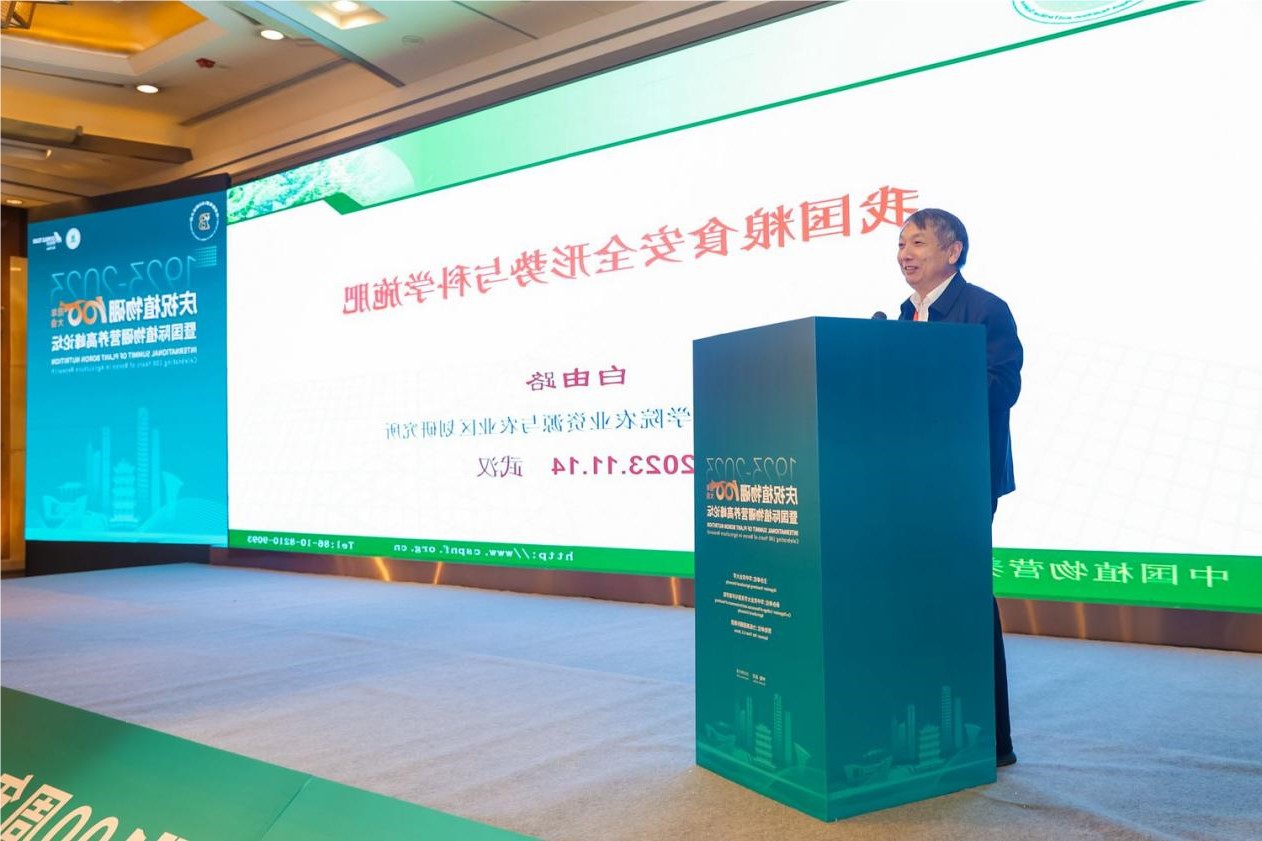
Bai Youlu makes a report.
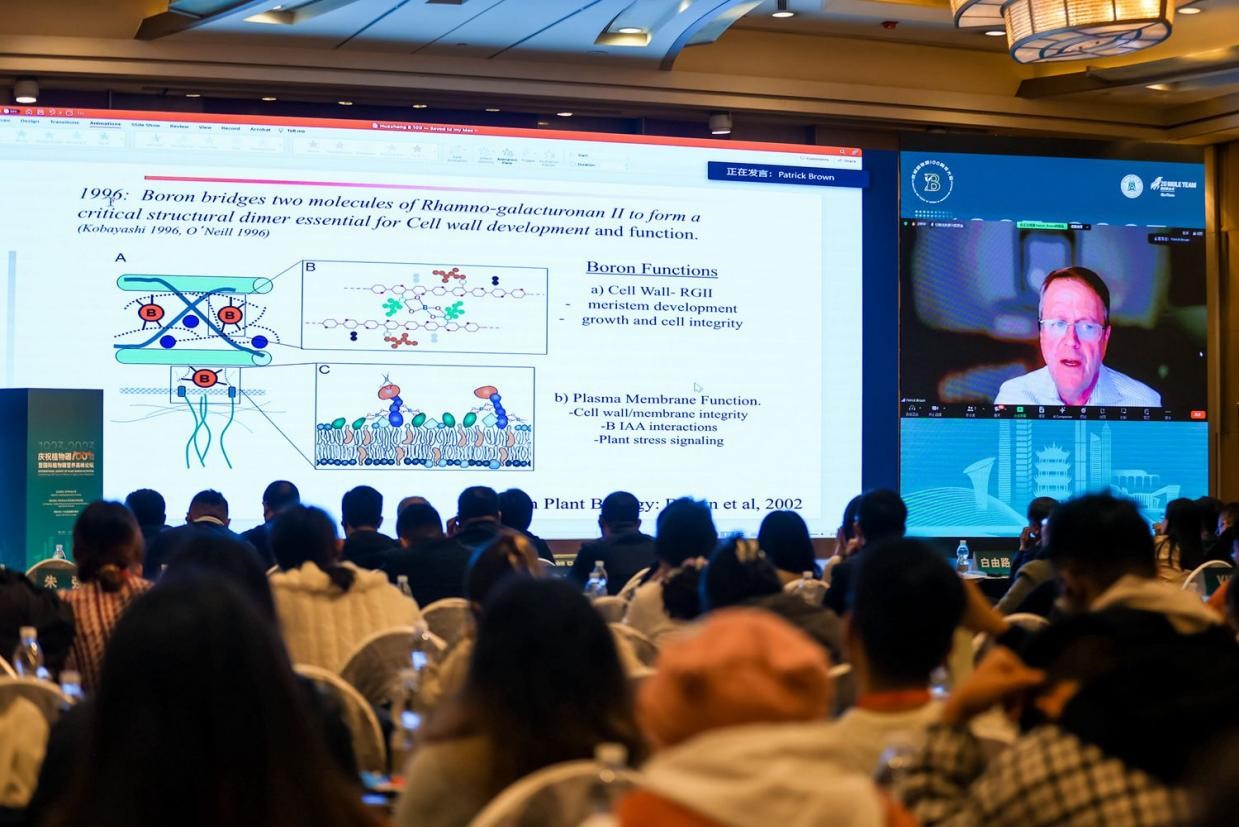
Prof. Xu Fangsen delivers a report. (Photo/Forum affairs group)
Prof. Xu Fangsen, Fan Xianming, Technical Advisor of International Zinc Association (ZINC), Li Hui, Director of China National Chemical Information Center (CNCIC), Zhan Hongmu, General Manager of Taizhou City Agricultural Co. and Gao Li, Deputy Secretary-General of China Nitrogen Fertilizer Industry Association (CNFA) participated in the roundtable forum and exchanged views with the participants on the past, present and future of boron' application in China's agriculture.
The research and industrial application of boron in plant nutrition has lasted for 100 years since British scientist Katherine Warington proved that boron is an essential mineral nutrient for plant growth in 1923. In 1975, Prof. Wang Yunhua of HZAU discovered that cotton was deficient in boron in Xinzhou, Hubei Province, beginning the research on plant boron nutrition and boron fertilizer application technology. In 1985, Microelement Research Laboratory was established by the Ministry of Agriculture Animal Husbandry And Fisheries in our university. In 2005, it was renamed as HZAU Microelement Research Center. Over the past 40 years, the research crops of the center has expanded from cotton and rape to field crops such as wheat and rice, as well as horticultural crops like citrus fruits and vegetables. Additionally, the range of research elements has broadened from boron to calcium, magnesium, molybdenum, zinc, iron, selenium, silicon, and harmful elements such as arsenic and cadmium. This expansion has led to the establishment of three stable research directions: "Nutrition Mechanism And Regulation of Microelements", "Efficient Application Technology for Micro-Fertilizers", and "Micro-Fertilizer Application And Ecological Environment".
Source:http://news.hzau.edu.cn/2023/1120/68401.shtml
Translated by: Dong Wenli
Proofread by: Fu Shipeng
Supervised by: Jin Bei

